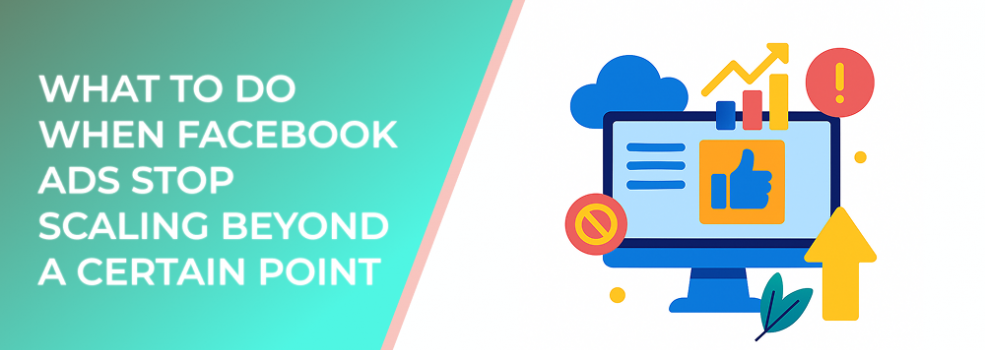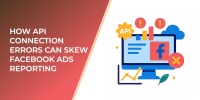One of the most common challenges advertisers face is hitting a growth plateau with Facebook Ads. Campaigns often perform well initially but then stop scaling despite increased budgets or new ad creatives. Understanding why this happens and how to fix it is crucial for long-term advertising success.
Why Scaling Plateaus Happen
Scaling limitations usually occur due to one or more of the following reasons:
-
Audience Saturation: Your ads have reached most of your target audience, leading to ad fatigue.
-
Increased Competition: More advertisers in your niche push costs higher.
-
Creative Fatigue: Ads lose impact when users see them too often.
-
Limited Optimization: Campaigns are not being adjusted to reflect data-driven insights.
According to Wordstream data, average Facebook ad CTRs drop by up to 40% after repeated exposure to the same creative. This demonstrates how quickly performance can decline without fresh approaches.
Strategies to Break Through Scaling Plateaus
1. Expand Your Audiences
-
Use Lookalike Audiences based on your best customers.
-
Explore broader interests or demographics to find untapped segments.
-
Layer targeting with behaviors and purchase intent signals to refine quality.
2. Refresh Creative Frequently
Studies show that ads refreshed every 2–3 weeks maintain up to 20% higher engagement rates. Introduce new visuals, formats, or messages to combat ad fatigue.
3. Diversify Campaign Objectives
If you’ve focused heavily on conversions, experiment with engagement, video views, or lead generation campaigns. Diversification can reintroduce your brand to audiences from different angles.
4. Test Horizontal vs. Vertical Scaling
-
Vertical Scaling: Increasing budgets within winning ad sets.
-
Horizontal Scaling: Expanding the number of ad sets or campaigns targeting different segments.
Combining both often produces the best results.
5. Optimize for Lifetime Value (LTV)
Instead of only focusing on initial conversions, design campaigns that cross-sell or upsell to existing customers. This approach maximizes profitability even when new customer acquisition slows.
6. Analyze Frequency and Relevance
High ad frequency (above 3–4) usually signals saturation. Monitor frequency alongside relevance scores or engagement metrics to decide when to rotate creatives.
Measuring Success After Scaling Adjustments
Track whether changes actually improve scale and profitability using key metrics:
-
Cost per Acquisition (CPA): Should remain stable or decrease.
-
Return on Ad Spend (ROAS): Measures profitability as you scale.
-
Customer Lifetime Value (CLV): Ensures long-term growth sustainability.
Businesses that adapt their strategies when scaling stalls often achieve 20–30% revenue growth compared to static campaigns.
Final Thoughts
When Facebook Ads stop scaling, it’s not a dead end—it’s an opportunity to rethink and refine strategy. By refreshing creatives, expanding audiences, diversifying objectives, and focusing on lifetime value, advertisers can push past plateaus and continue scaling profitably.

